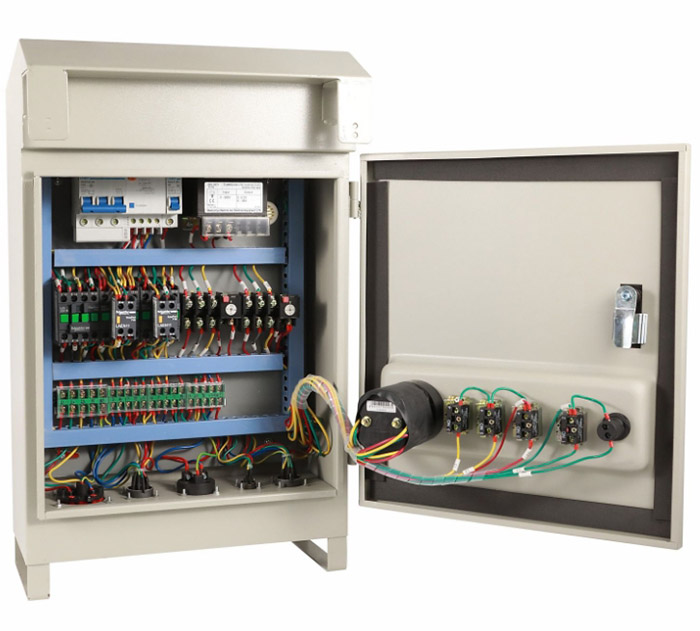Definition: A control box is an enclosure that houses electrical components, such as relays, switches, or circuit boards, to manage and control a system’s operations.
Uses: Primarily used in industrial settings, control boxes protect sensitive equipment from environmental factors, ensuring safety and longevity.
Examples of Applications: Used in factories, custom machinery setups, and outdoor systems needing reliable control over various electrical components.

Provides a durable, scratch-resistant finish with excellent corrosion resistance.
Available in a wide range of colors.
Enhances corrosion resistance and wear resistance, while providing electrical insulation.
Can be done in various colors to improve appearance.
Coats the surface with a layer of zinc to prevent corrosion.
Ideal for outdoor or harsh environments.
Deposits a layer of metal (such as nickel, chromium, or gold) to improve corrosion resistance and appearance.
Enhances surface hardness and wear resistance.
Used to add labels, warnings, or part numbers to the surface of the control box.
Provides permanent markings that do not degrade over time.

Importance of Waterproofing: In outdoor installations, waterproofing is essential for protecting connections from moisture and corrosion.
Materials and IP Ratings: Look for boxes made of corrosion-resistant materials like plastic or stainless steel with IP (Ingress Protection) ratings of IP65, IP66, or higher to ensure waterproofing.
Installation Tips: Ensure that gaskets and seals are securely in place and that cables are properly protected where they enter the box.
Consider the Environment: For outdoor installations, choose waterproof options to prevent moisture damage.
Size and Cable Management: Select a box that accommodates the number of cables and connections required, without overcrowding.
Safety Standards: Make sure the junction box meets local or international standards to ensure electrical safety and compliance.

Mounting: Position the box in a location that minimizes exposure to direct sunlight or heavy water flow, even if it’s waterproof.
Cable Protection: Use conduit or cable glands to protect and route cables into the junction box, preventing wear and tear over time.
Regular Maintenance: Check periodically for any signs of wear, moisture ingress, or corrosion to ensure long-term reliability.
Used for controlling machines, motors, and production lines in industries like manufacturing, robotics, and mining. It houses devices like PLCs, motor starters, and circuit breakers to automate processes and ensure operational efficiency.
Employed in systems like HVAC, lighting control, and security systems for buildings. Control boxes manage functions such as temperature regulation, access control, and lighting automation in both residential and commercial environments.
Key in power management, including controlling solar inverters, wind turbines, and electrical switchgear. They are also used in power distribution boards and circuit protection for various energy systems, ensuring safe and efficient power flow.